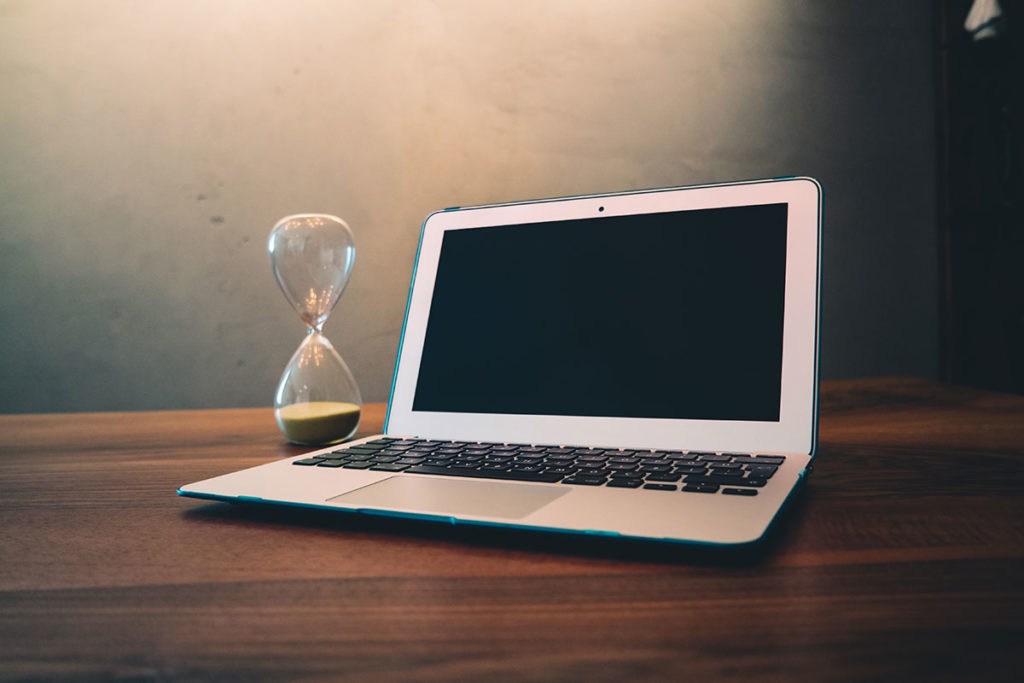How to Speed Up Your Old PC
We’ve all been through it — an old PC just plods along, getting slower and slower with each passing day. It takes forever to open a webpage and multi-tasking? Forget it. Most older PC’s are simply not man enough to take today’s operating systems and all the applications you are so used to using. Before you take out a bank loan to replace your computer, consider these steps to try speed things up a bit.

1. Add More RAM
But only if you can. First, you need to find out how much RAM your PC has and what is the maximum that it can take. Most people can add new RAM by themselves; it isn’t difficult but if you are in any doubt then just take it to a computer repair specialist in Singapore. This way, you can avoid short-circuiting any components due to a loose screw or something else.
Adding more RAM to your PC does cost money, but it’s cheaper than replacing the entire thing. And it will also take some time to do it, but the result is well worth it as you will find your machine runs a good deal faster and lets you do more than one thing at once.
Go into your System Properties first, this will tell you how much RAM you have. Use an online tool like Crucial System Scanner to check your system for the maximum allowable RAM for your system and then, if you can upgrade, go ahead and do it.
2. Cut Some of Those Startup Programs
When your PC is slow to boot up, it could be an indicator that you have too many applications simultaneously trying to start. You can change which programs are allowed to run at startup, and you should because there is actually very little that you need at startup. This isn’t going to give a major performance boost but, by cutting down on what it has to do at startup, you can give your PC a new lease of life.
3. Don’t do Automated Processes at Peak Times
Automated processes are common on all computers, but you don’t need to have them run at the times you want to use the PC. Security software is one example — along with security updates. You should never turn these things off though; simply schedule them for a time when you don’t need to use the PC. Every automated process running in the background will slow things down so this will help speed things up.
4. Rethink Your Expectations
You can do anything you want to speed up your PC, but it will never turn it into a lightning-fast machine. Think about what you require from your computer. If you need to have loads of browser tabs open, listen to music, download a film, chat with your mates, run Adobe Photoshop and work all at the same time it may be time to consider getting a new computer. You can’t do it all and if your expectations exceed the capabilities of the computer, it’s time to rethink things. You don’t need to throw it out; keep it for video chats OR just for work — just not everything.
